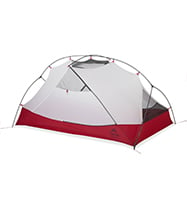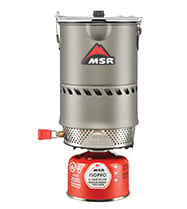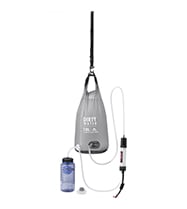Gear Up for Adventure: A Beginner’s Guide To Bikepacking
Bike touring has been around as long as bikes have. Bikepacking, on the other hand, is relatively new—at least by definition. Discerning the difference between the two might seem a bit esoteric at first; they both share some fundamental similarities of taking your bike on multiday adventures, but backpacking is generally accepted to be the more adventurous, self-reliant type of fun, made possible by the latest, minimalist gear that can all be fit on just the bike itself, without racks or trailers.
“Bikepacking consists essentially of riding considerable distances and crossing vast expanses of wilderness in full autonomy on gravel roads, dirt tracks, and trails with a strong emphasis on minimalism,” says Pierre Bouchard, who may well be one of the best authorities on the subject. Along with his partner Janick Lemieux, Pierre has spent the better part of his life since 1990 riding around the world, accumulating over 100K miles in the saddle, with all their gear in tow.
Bouchard adds, “Also prescribed is the use of a sturdy steed with wider rims and larger tires; a bike that provides greater, safer, and more comfortable access to these precious and coveted end-of-the-world tracks, that sometimes hide in plain sight in one’s very own backyard!”
Ask twenty cyclists, and you might get twenty different answers on what differentiates the two styles. Even Pierre admits to dipping into both styles on most of their adventures. However, it might be helpful to look at the two classifications as you would “overlanding” (think Land Rovers blazing across remote African desert) vs. road tripping (Sprinters blazing down the interstate to Moab). Both involve driving lots of miles over extended periods. However, one is in a much more specialized vehicle with a refined set of specialized gear and a very different level of commitment. You don’t need to be cycling internationally to be bikepacking, but style makes all the difference.
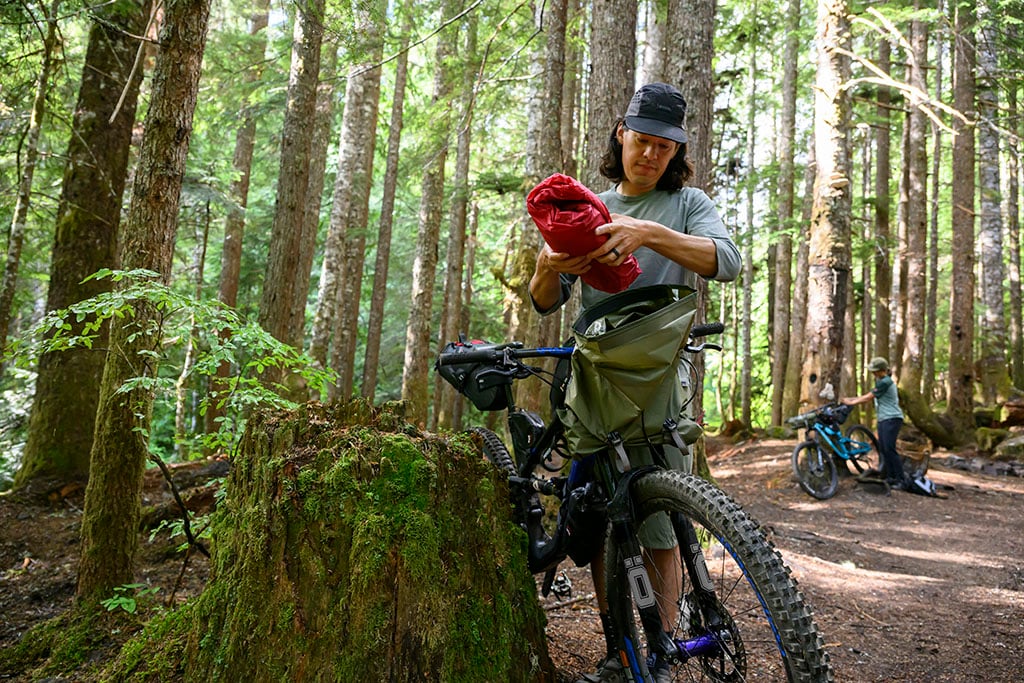
Essential Gear for Bikepacking Beginners
Cyclists are notorious for hacking grams from their road builds, and you should think of your bikepacking steed on a parallel but different plane. Since your bike is carrying everything, it will weigh a lot more, making it harder to pedal—not just uphill, but everywhere. In addition, your bike will become harder to maneuver with every centimeter that gear expands from your frame. Therefore, the weight of what you carry and how you carry it are make-or-break decisions while bikepacking. To stay true to the aesthetic, it’s all got to fit on your bike—large panniers will not be your friend on the trail. In measurements of both weight and space, this will force some hard limits on what you can bring while bikepacking vs. touring.
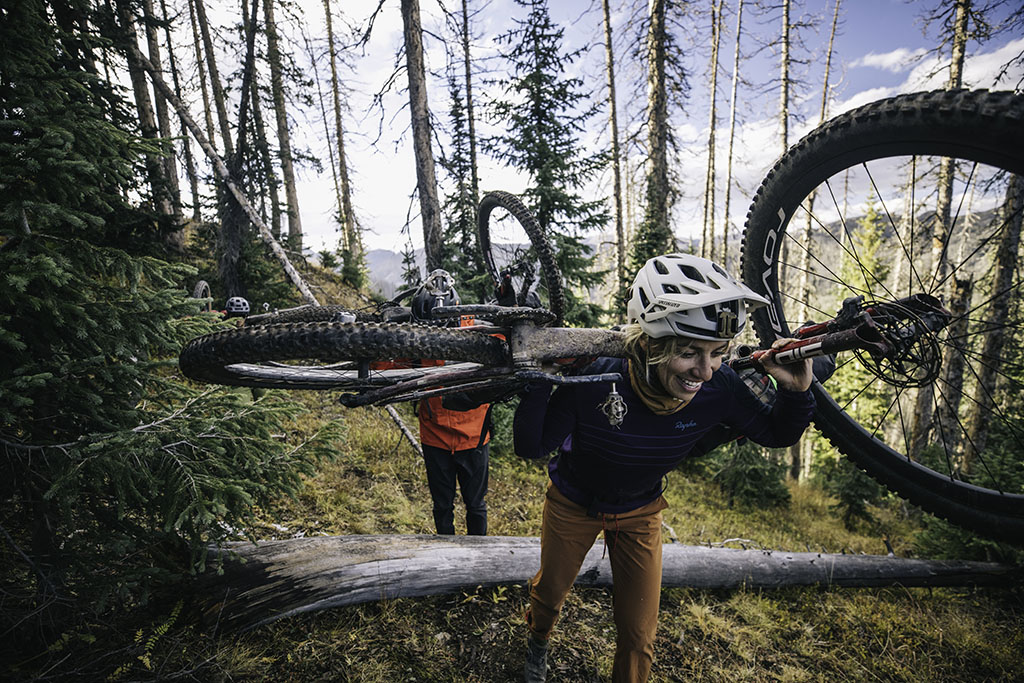
The Bike
You’ll first need to choose your ride, and that will largely be dictated by the terrain you’ll be covering. You might choose a hardtail or full-suspension mountain bike, a gravel bike, or some titanium/bamboo Franken-bike you built up specifically for maximum efficiency over the terrain you’ll encounter. Just be sure your frame can accommodate whatever level of tire fatness that the terrain demands and that your gearing is up to the task (granny is your friend). The value of a smooth ride is not to be underestimated, especially on a loaded bike.
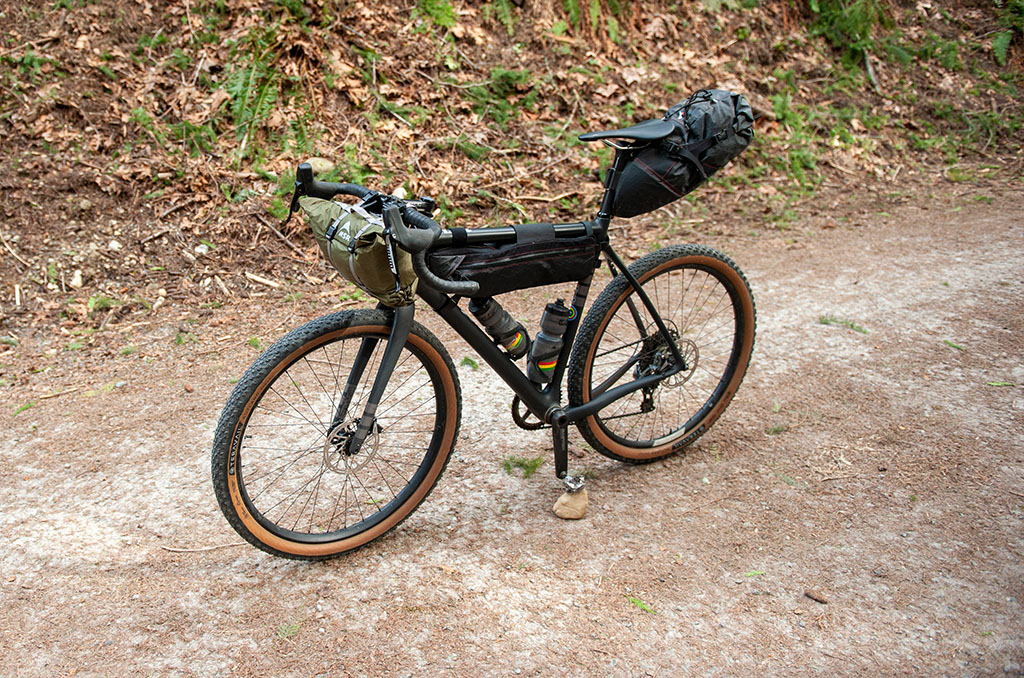
Carrying Capacity
Your next choice will be figuring out how to outfit your bike with the capacity needed to carry your gear most efficiently. For bikepacking, the most common foundation is a combination of a handlebar bag, a seat pack, and a frame bag. Size options for each vary greatly. Ideally, your frame bag is custom-sized for your bike to maximize its capacity and assure a secure fit for optimal stability on the trail. Not sure if you’ll love it enough to invest in all those bags? You can also get away with lashing dry bags to your handlebars with voile straps to help reduce your investment on your first trips.
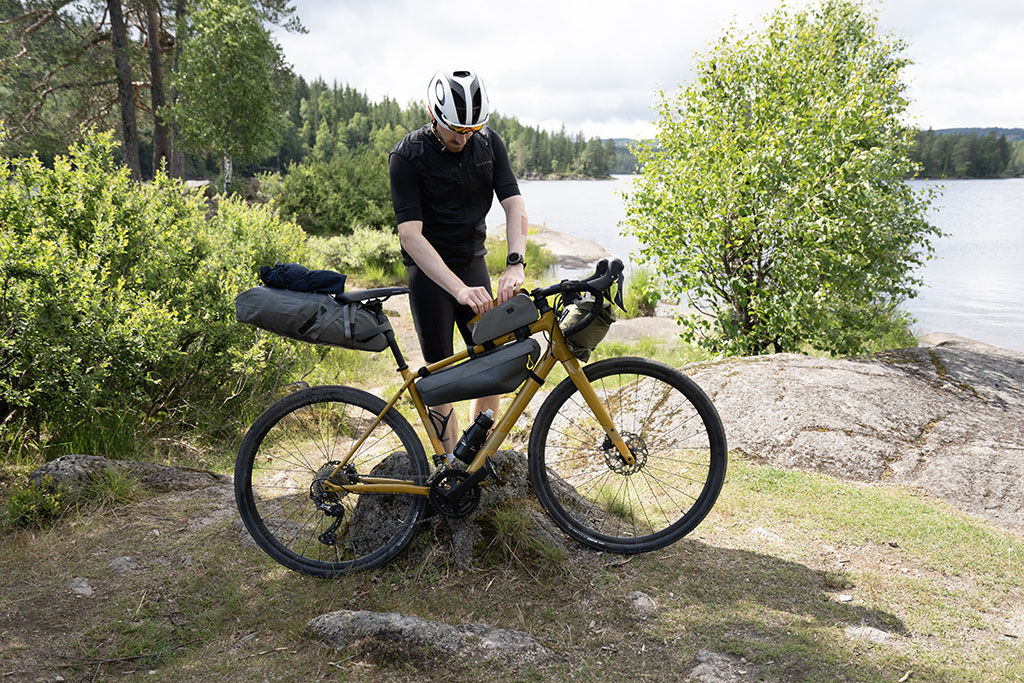
What to Bring
The same mindset one would use for ultralight backpacking applies to bikepacking: choose the lightest-weight things you can find and reduce the number of things you need. Do the latter by redefining “necessity” and finding multi-functional gear that can do more than one thing. Obvious examples are choosing an ultralight down sleeping bag that packs super-small, limiting meal options to those that can be cooked on a micro-stove, and eating and drinking from a single vessel. The same goes for clothing; pack an ultralight raincoat instead of a raincoat and a windshell, etc. Use this “multi-function” lens to scrutinize all your gear, then choose the lightest and smallest-packing options you can find (or afford), and you’ll be on your way to a more enjoyable ride.
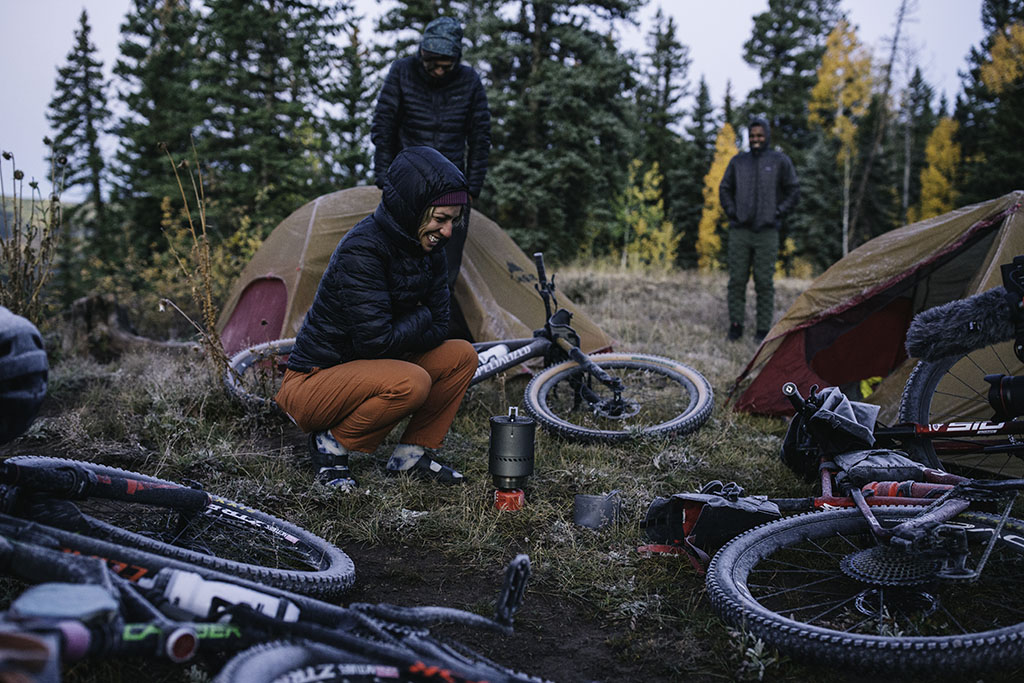
Finally, while riding with a backpack is generally not advised or all that comfortable, a light hydration pack is still the best place to carry a lot of water, along with a few extra things. Fork, downtube (yuk!), and frame-mounted options exist too. Hopefully, your trip passes water sources frequently enough to easily refill smaller containers as you go, meaning less weight on your bike through the day.
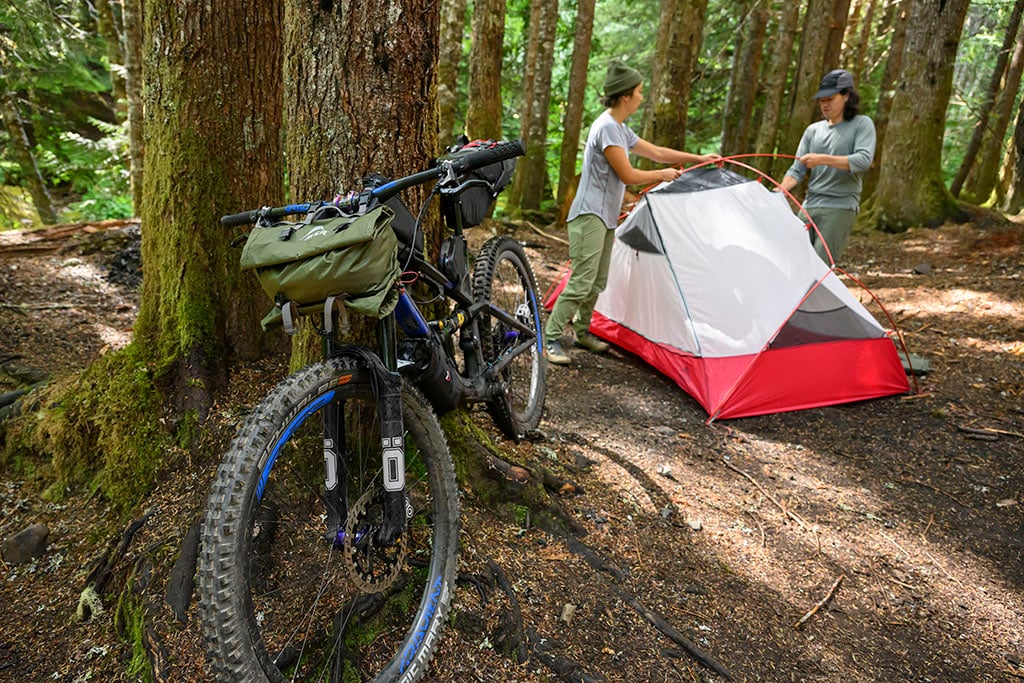
Choosing the Right Shelter
Choosing what you’ll sleep in while bikepacking is a big decision, as this single item can represent a significant portion of your overall weight. On short trips with a good forecast, you might get away with sleeping out in the open and only bringing an emergency bivy sack. This could keep your shelter weight down to just a few ounces. However, the self-reliance and remoteness inherent in bikepacking likely mean something a bit more reliable, starting with the most basic of options, a tarp shelter. These can range from the most basic designs to something more substantial, yet still ultralight, that you can even get your bike into. If bugs are a concern, you can add a bug shelter under your tarp or go with the luxury of a conventional, double-wall tent for full protection and comfort. This will be your bulkiest yet nicest option, so be sure to check the packed size and that you have room for one. Look for one that has pole sections that fit into your bags, or find one that comes ready to roll as a handlebar bag. In a group ride, you can easily split up components to accommodate almost any option. Remember, you’ll never complain about your tent being too light, so go as light as possible, whatever you choose.
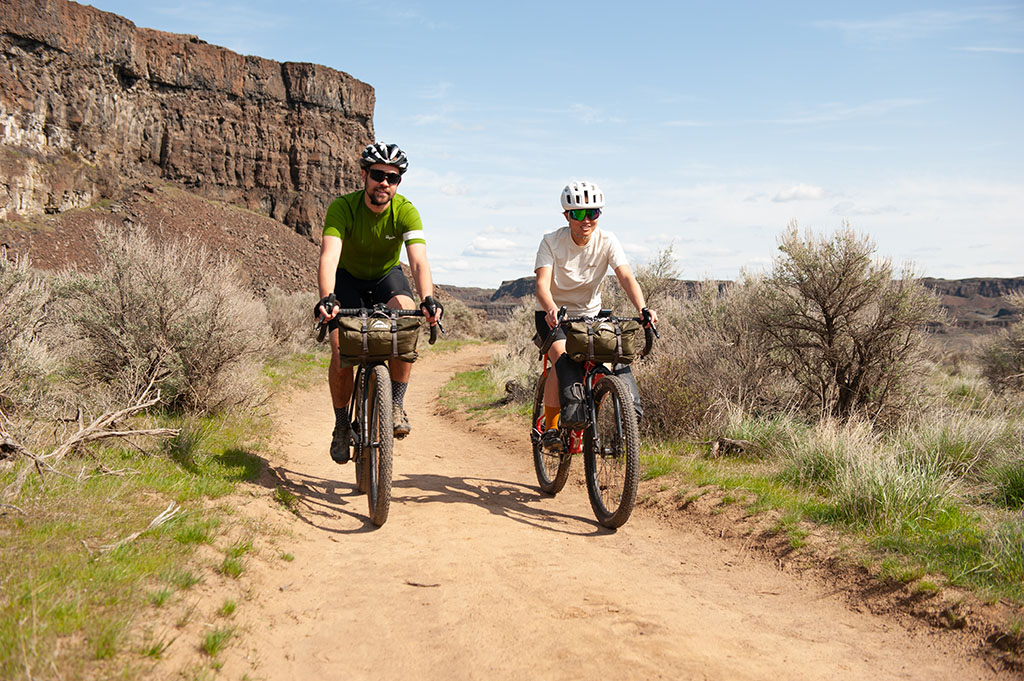
Planning Your First Bikepacking Trip
If you’re used to cycling and backpacking, much of the bikepacking experience will be intuitive. What might not is riding with a fully-loaded bike. For that reason, it’s wise to start with some easy singletrack or mellow gravel, allowing you to get familiar with how your loaded bike handles. Keep things easy and fun. Go light on the miles and mind the elevation gains (unless of course, you thrive on such torturous endeavors.) And this should go without saying, but bring a well-stocked bike repair kit, the knowledge of how to use it, and familiarity with your bike’s components, especially if renting new bikes at a destination.
As for finding places, along with asking at your local bike shop, Bikepacking.com is a great resource, featuring a handy map and detailed descriptions of suggested overnight tours around the globe. Places with tons of open space, like eastern Oregon, Utah, and other eastern and western mountain states, offer a wealth of forest service roads and bike-friendly trails to link up, but opportunities elsewhere can be as plentiful as your imagination allows. Using apps like onX and Gia GPS, with private property overlays, is essential for both route planning and finding and locating legitimate camping options in remote areas.
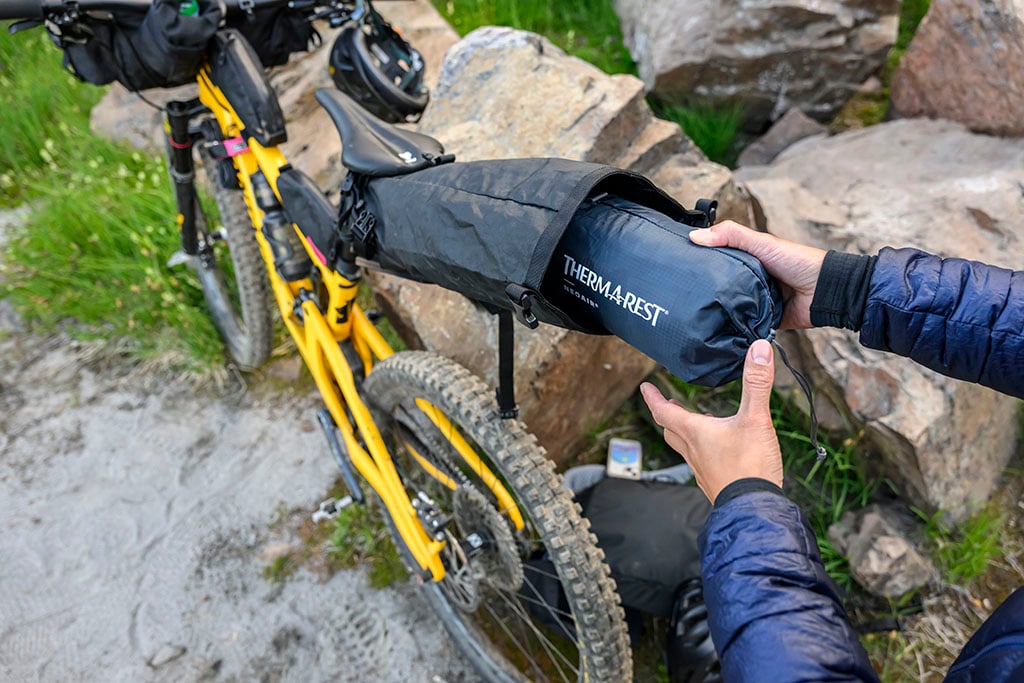
Packing
The ideal bike is packed so that the added weight has as little effect as possible on its handling. Heavier things, like cooking gear and food, typically go in the frame pack, keeping the weight close to the center of the bike. Lighter things, like a sleeping bag or quilt and clothing, can be packed farther from the center without a considerable change in how your bike handles. It also generally means no bulky and heavy panniers that would get in the way on trails and more standard bikepacking terrain. Pack things inside things to save space, pack each bag firmly to eliminate slop, and be sure that your bags are fit well to your bike. A little sway goes a long way in ruining the handling of your bike, so lock stuff down and enjoy the ride.
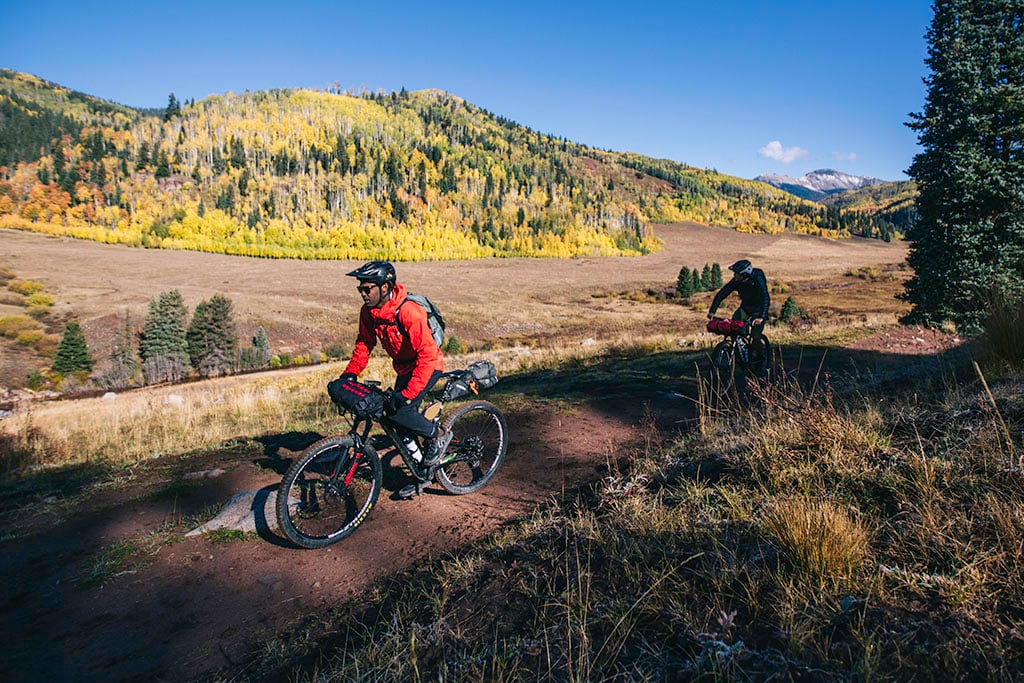
Travel Smart
Finally, be ready for the worst. Don’t get lazy with your helmet just because you’re on the flats and have a first aid kit and training to handle more serious injuries than you might get just hiking. Crashing a loaded bike at speed can be gnarly. Use the apps mentioned above to plan bail-out points should things go sideways, and always leave a trip plan with someone. Also, double up on common things like tire-repair items and know how to fix critical things like a broken chain.
One of the most important things for new bikepackers to remember is to travel with a firm understanding of the Leave No Trace principles and how they change depending on the ecosystems you’re riding in. From choosing good campsites and staying off hiker-only trails to packing out trash and even your poo when necessary, these are the things that will keep the rapidly growing popularity of the sport a good thing, rather than a burden that could threaten access to the places we love to ride.
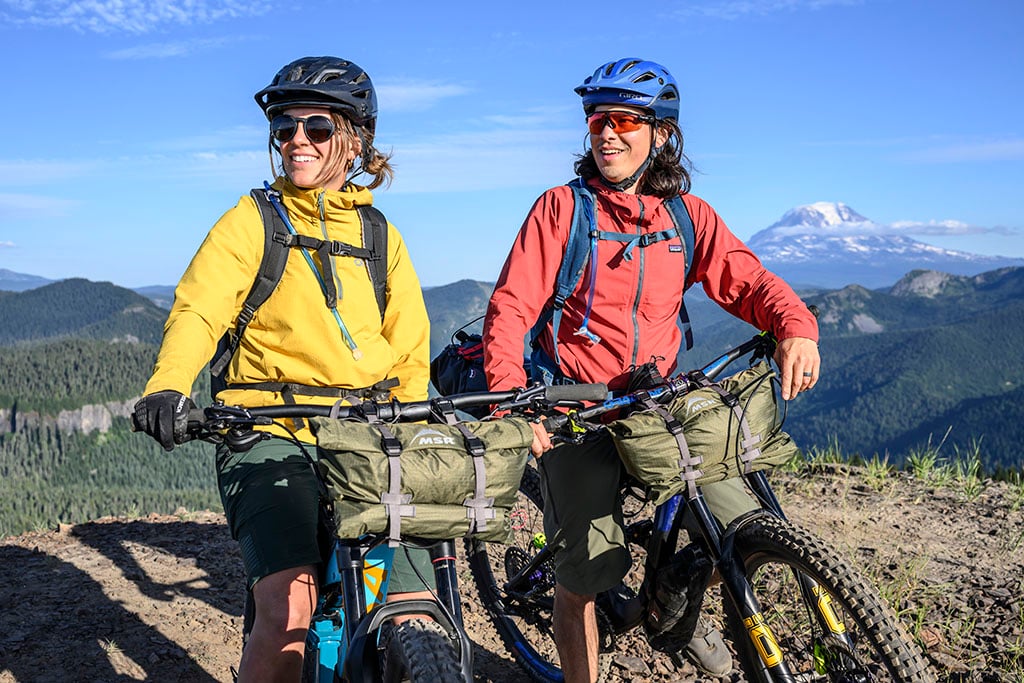
Have Fun!
There’s so much more to talk about, but the rest is best (and most enjoyably) learned while pedaling down the trail. If you love backpacking and cycling and have yet to combine the two, you’re in for a treat. You’ll get the ability to cover many more miles each day, opening up opportunities to explore places you might never see otherwise. Toss in that priceless feeling of being a kid, with the smile-inducing autonomy to go anywhere you like, and it will quickly become clear how bikepacking could become your next favorite thing.
Related Posts:


